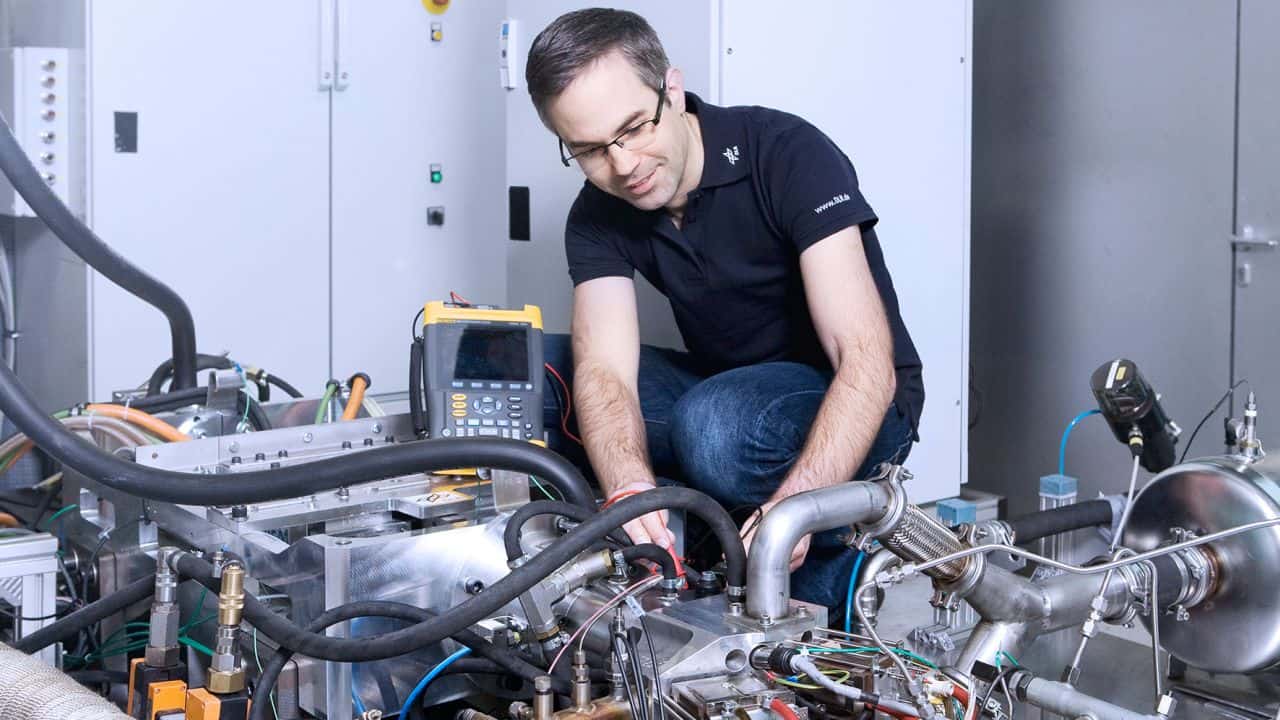The things we own that matter the most often require the most care. But it can be easy to assume that everything is fine if there are no visible signs that something isn’t working. This can’t be a mistake that you make if you own a car, because you can make your car suffer in a variety of ways without even knowing it.
Even if you tend to check under the hood or the bottom of the car over the weekend, cars won’t last as long if you don’t do certain things to maintain them. Here are different ways that you might be damaging your car.
Rare car washes
Some of us have the luck of living in areas that rarely experience weather conditions that can leave our cars in a mess the next day. However, just because you don’t experience too much rain or snow, or you happen to keep your car in the garage when it does, that doesn’t mean that your vehicle can avoid dirt, grime and other elements that can damage the paint and surface.
Finding signs of paint overspray and other filth may require taking out the sponge and bucket of water to give your car a scrub once or twice every week. It also helps to take your vehicle to the local car wash regularly so that you can have a professional get rid of any grime with special tools that aren’t on the shelves in your garage.
Not changing the oil on schedule
After every oil change, we are often given a deadline for when we need to make our next appointment, whether it’s once we reach another 3,000 miles or three months down the line, in case you don’t drive too much. However, issues along the way might require you to make a change sooner, whether it’s a crack in a pipe or a shift to different oil.
Your safest bet is to follow the owner’s manual for figuring out when the right time is for an oil change. The manual will usually advise looking out for particular signs, such as certain sounds coming from under the hood or particular lights flickering or staying on while you’re driving. Changing the oil filter at the same time as your oil will also keep your car in good shape.
Inflating tires incorrectly
When we go on long drives, especially for a road trip with friends or family, it might be tempting to give your tires extra air so that you have an easier time getting to your destination. It may also be easy to skip out on inflating tires if you check them and don’t notice any lose of roundness in their shape.
Too little air can increase your chance of getting a flat tire or the tire falling out of alignment. Giving tires too much air can make it easier for tires to rip open if you hit the wrong object on the highway, or if you’re driving on a rough road. Once again, check the owner’s manual, or even the doorjamb on the driver’s side to see what tire pressure to apply.
Leaving your car in the cold
Certain environments pose a greater chance of damage to your car than others. The winter tends to present more obstacles in your car’s journey to staying clean and dent-free. When the streets aren’t covered in snow and ice that can make you slide off the road, your car can still get damage on the windows and windshield if you wait too long to get the snow and ice off.
Snow leaves behind dirt that requires extra cleaning, and scraping off ice can leave more scratches if you don’t give the car time to heat up so that the ice melts. Use de-icer so that the windshield looks as clean as it was before the storm.
Ignoring warning lights
We’ve all been in a situation where we noticed the “Check Engine” or “Oil Change” light blink on and off and ignore it until it stays on completely. It can also be easy to assume that the light isn’t for something serious, especially if you had just taken your car to the auto shop a few days ago or left the gas station 10 minutes ago to add tire pressure.
Your best bet is to take your car to a professional as soon as you notice any lights flickering. Even if the area of the car that the light relates to isn’t experiencing an issue, the shop might notice another problem that you wouldn’t have noticed otherwise. The shop may also give you recommendations for how to handle certain problems on your own.
Make changes to these habits so that you can keep your car looking and feeling the same way it did when you first bought it.

